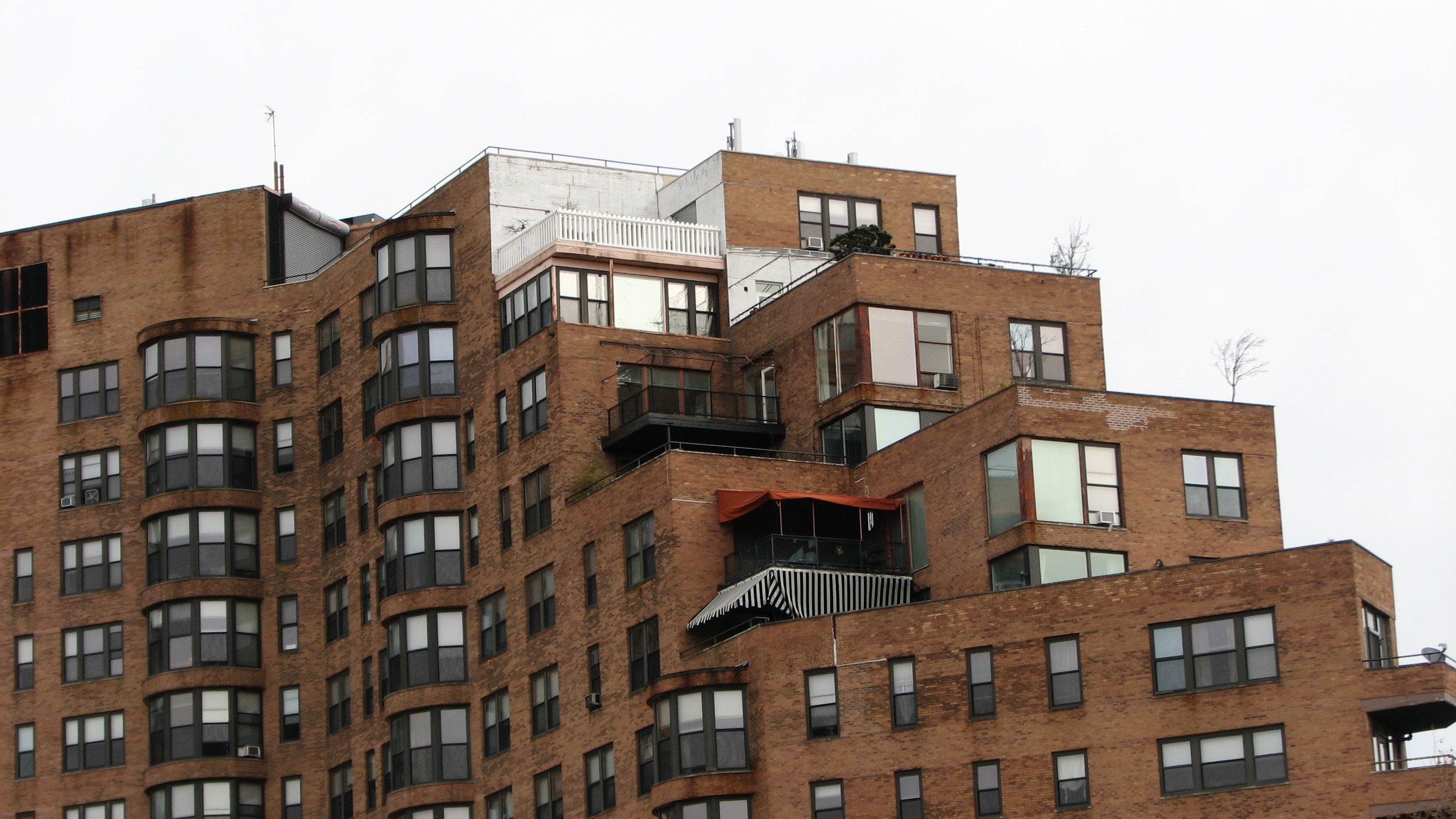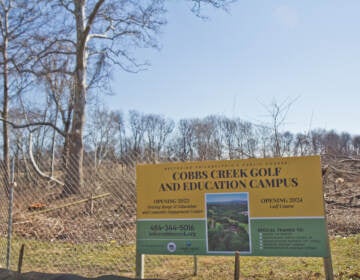Logan Square neighborhood rezoning awaits Council approval

The last few decades have seen enormous changes in the Logan Square neighborhood. Most recently the Whole Foods flagship landed there, complete with cocktail cart and butcher’s block. The Philadelphia Latter Day Saints Temple now rises on Vine Street and a related residential high-rise is under construction. The Barnes Foundation made the Benjamin Franklin Parkway’s museum offerings even more robust. Residential infill is replacing historic buildings like the former Please Touch Museum and low-rise commercial structures alike. Vacant and underutilized parcels have been snapped up and filled in throughout the neighborhood, from Broad Street to the Schuylkill, from Market to Spring Garden streets.
“The parts that can still be developed are few and far between,” says Drew Murray, president of the Logan Square Neighborhood Association. “There are only a few open-air lots left that can be developed, all of them south of the Parkway.”
A remapping bill working its way through City Council is meant to lock in what is already there—like the charmingly incongruous rowhouse 100 block of North Mole Street amid a forest of institutional uses—while scrapping outdated zoning designations.
Initiated by the Logan Square Neighborhood Association, the process unfolded over 18 months. Much of the bill is simply corrective zoning, aligning the official zoning map with what is already there. The Parkway House apartment complex, for example, is currently zoned CMX-2—basically corner store designation—and it is being remapped to the more appropriate RMX-3, which is meant for high rise mixed use buildings.
The residential rowhouse block of Mole Street, the only survivor of its type in the immediate vicinity, is currently zoned CMX-4, the second highest density available. This remapping would act to preserve its current character by zoning it RM-1, which covers multi-family rowhouses. The commercial spaces on the block will be zoned CMX-1, a designation that mirrors the mass and bulking of adjacent zoning—which in this case would be residential rowhouses.
“This should help preserve the scale of the block,” says Ian Litwin, City Planner with the Philadelphia Planning Commission. “Mole Street is special. I don’t know why they never got around to destroying it in the 1960s.”
The remapping bill is also moving the Logan Square area away from zoning types that were once common in Center City but that the Planning Commission generally has been trying to reduce. Existing I-2 industrial zoning is being scrapped in favor of CMX-5 along North Broad Street. The Planning Commission initially proposed CMX-4, in keeping with the zoning in the adjacent Callowhill area across Broad. But the Logan Square Neighborhood Association pushed for the densest possible zoning along the arterial roadway and above the Broad Street subway line.
“We were comfortable with taller buildings up the Broad Street corridor but scaling down when you come to the middle of our community,” says Murray.
In addition to ridding the area of industrial zoning, the commission also tried to purge the area of RM-4, which requires a lot at least 50 feet wide, 5000 square foot lot area, and a 20 foot setback—conditions that don’t exist in Center City. The Friends Select School is being changed from RM-4 to CMX-4, although the commission couldn’t get the neighborhood group’s support to scrap that zoning for the Archdiocese, Central Branch of the Library, and some parcels behind it.
Indeed the remapping bill leaves out many of the parcels that are likely to excite the most interest in coming months and years.
“There are basically three parcels we agreed to not touch,” says Litwin. “There is development coming, but really big development. One is the Archdiocese on the Parkway. One is the triangle behind the Rodin museum. And the third is the future site of the potential future Comcast tower. We left it to the developers to get them rezoned.”
This isn’t the Planning Commission’ preferred way of doing things, but requiring individual rezoning for these hotspot parcels allows community groups and local politicians to have more input into, and leverage over, large projects that will dramatically alter the neighborhood.
A couple amendments have been fixed to the bill too. McCrossen’s Tavern at 20th and Nectarine Street will be zoned CMX-2 (which was supposed to be in the original bill). The former Avis rental car lot at 20th and Arch streets will be removed from the legislation. The neighborhood association wanted it zoned for residential use, but the property owner wants it kept CMX-4.
Following the late November recommendation of the Planning Commission, passage by City Council is expected to be imminent.
WHYY is your source for fact-based, in-depth journalism and information. As a nonprofit organization, we rely on financial support from readers like you. Please give today.





